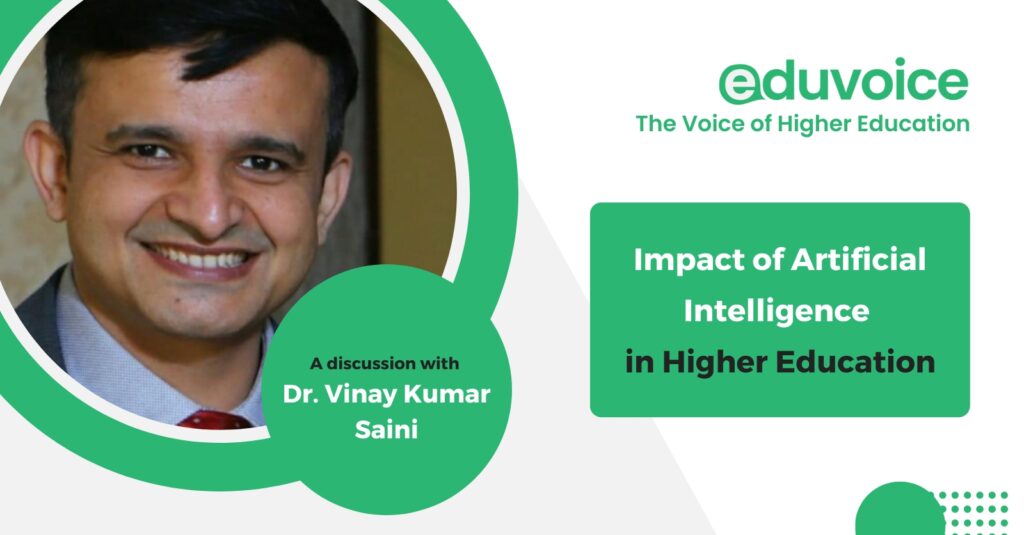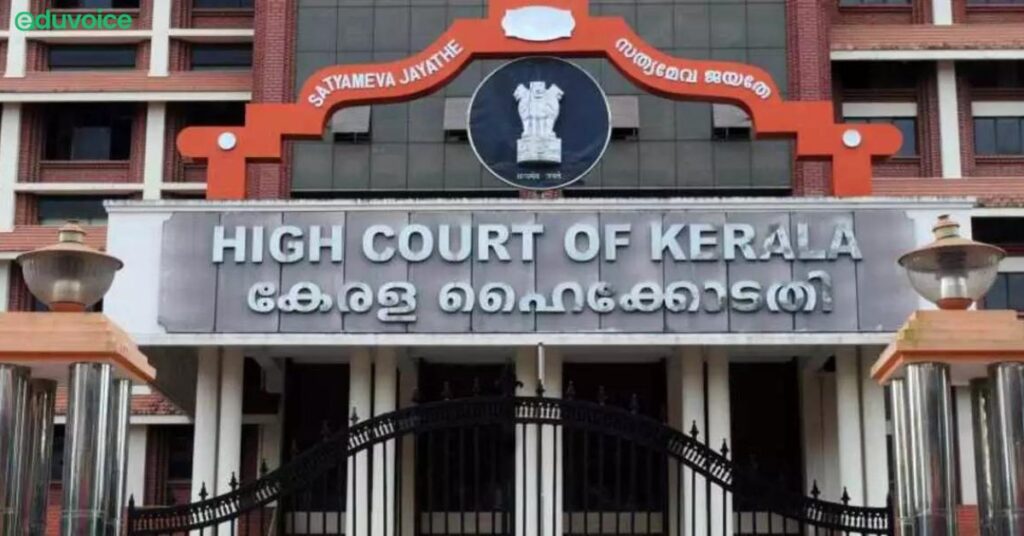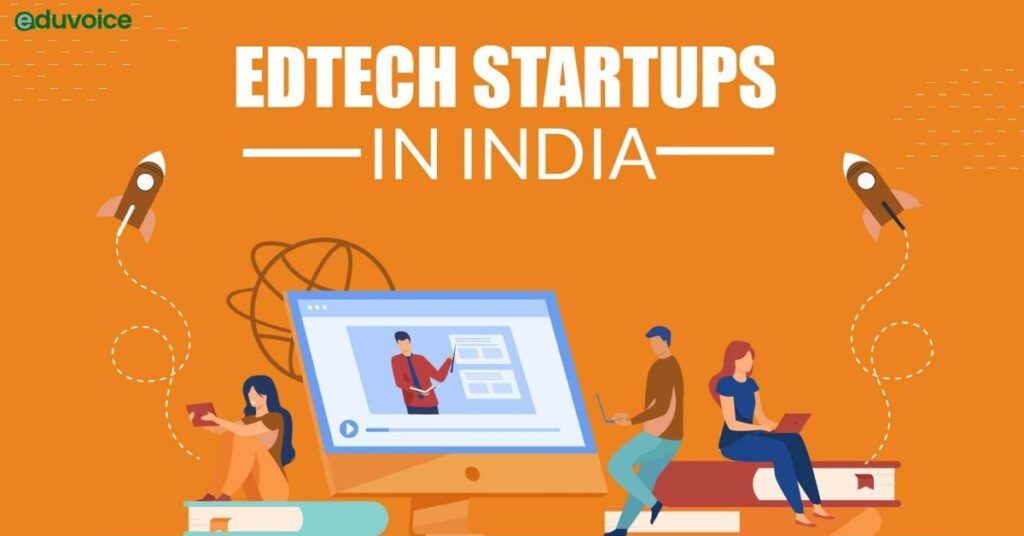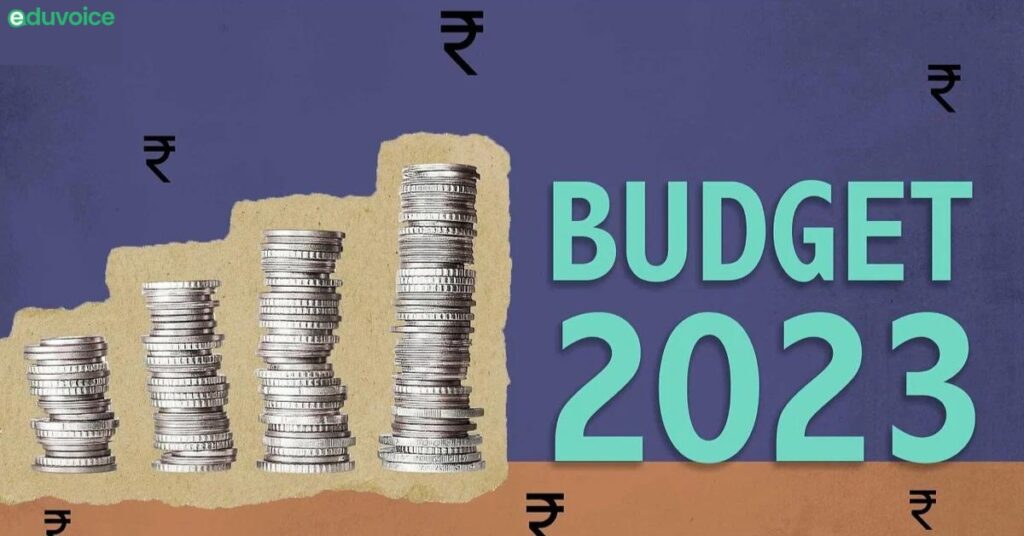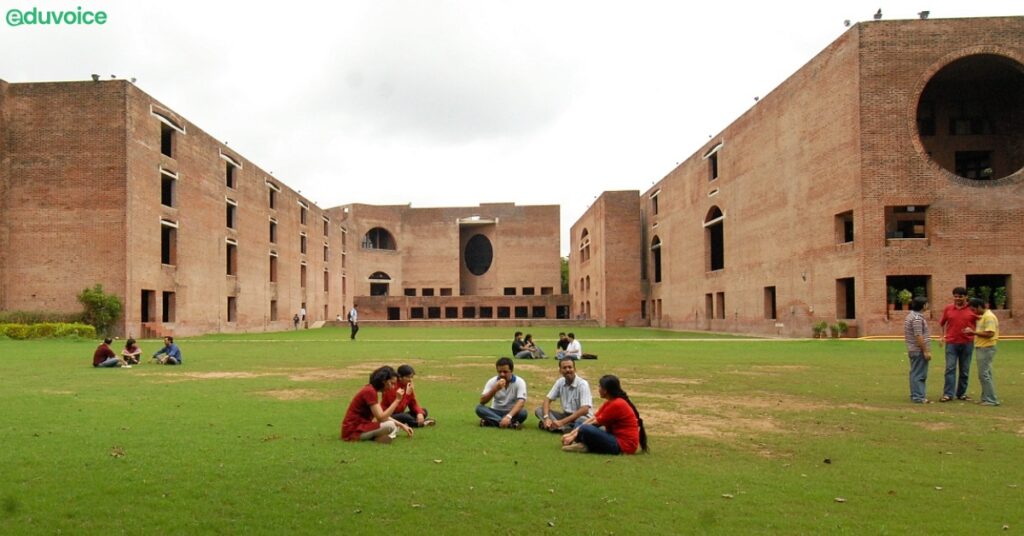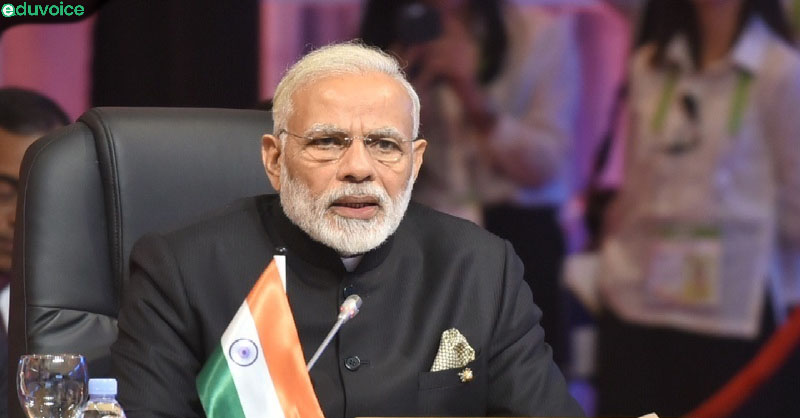Tag Archives: teachers
The COVID-19 crisis has changed the face of heroes these days, and one of those ‘Heroes’ is our academicians. The ongoing health crisis has been a difficult period for teachers across the globe. It can’t be denied that it is a task in itself for teachers to switch to the virtual model of learning, and not being tech-savvy makes it all the more difficult for them.
The Kerala High Court has upheld the qualifications laid down by the Kerala University of Fisheries and Ocean Studies (KUFOS) for teaching posts in the varsity. Justice Sathish Ninan upheld the higher qualifications for teaching posts laid down by the university, saying they were prescribed “to uplift the quality of education.” The decision came while […]
The Indian EdTech startup culture has been thriving in recent years, with many platforms emerging to cater to the diverse needs of the education sector. These have not just been catering to young students but are also bridging the gap for continuous learning and upskilling by providing the youth and avid learners an excellent platform […]
West Bengal School Service Commission on Monday evening cancelled the recommendation for 618 secondary school teachers as they have been found to have secured their jobs allegedly through manipulation of marks. These teachers had been appointed by the state secondary education board, following the recommendation. “It is notified that the recommendations of 618 candidates (as […]
Finance minister Nirmala Sitharaman will be presenting her last full budget for this government the day after tomorrow. It is quite likely that much of the big-picture details and minutiae would have been worked out, finalized and sent for printing. Given that the finance minister’s speech is almost baked, is there anything else left to […]
With digitization becoming the norm in the post-pandemic era, India’s ed-tech sector is expecting to see increased consumer demand and new business models in the upcoming year.As more emphasis is placed on the importance of upskilling in keeping up with quickly increasing technological innovations across industries, edtech plays an important role in developing a skilled […]
Nearly 800,000 youngsters join foreign universities every year in search of quality education and entrepreneurial training, resulting in a massive outflow of resources – $3 billion – to finance their education.
The number of students registering for Prime Minister Narendra Modi’s interaction – “Pariksha pe Charcha” has grown tremendously over the years, Education Minister Dharmendra Pradhan said Tuesday.


